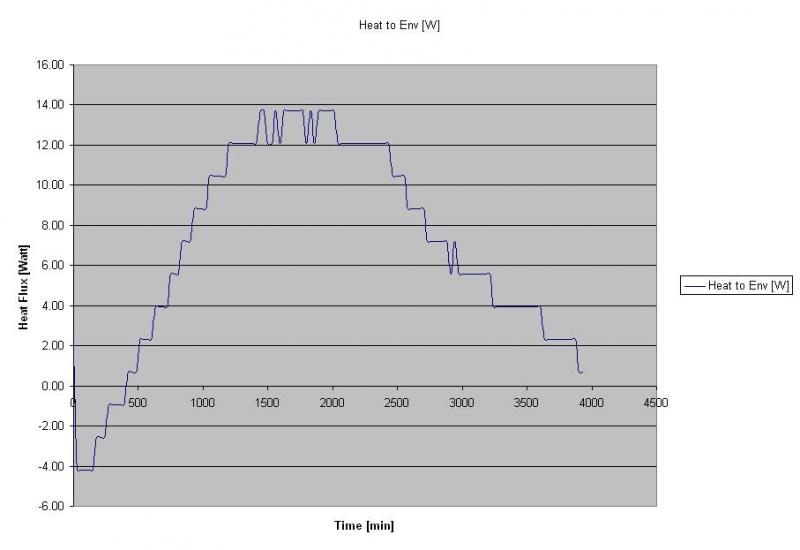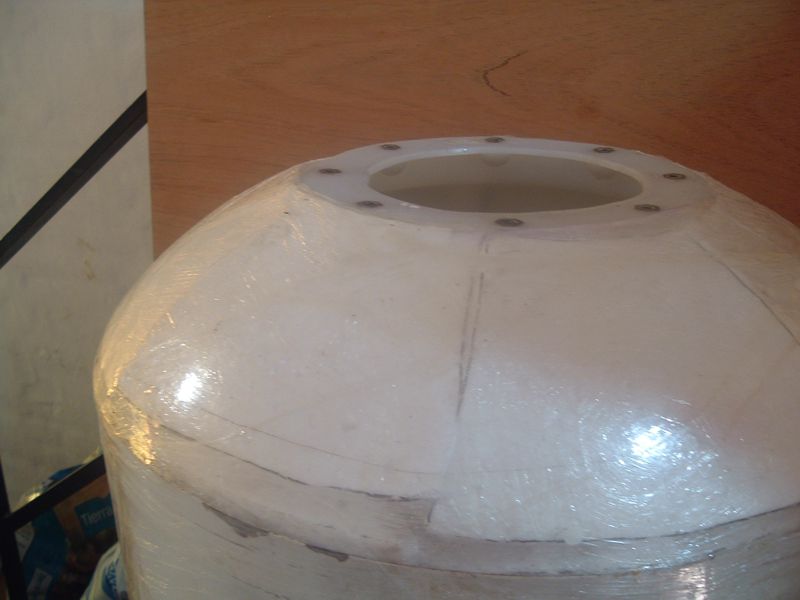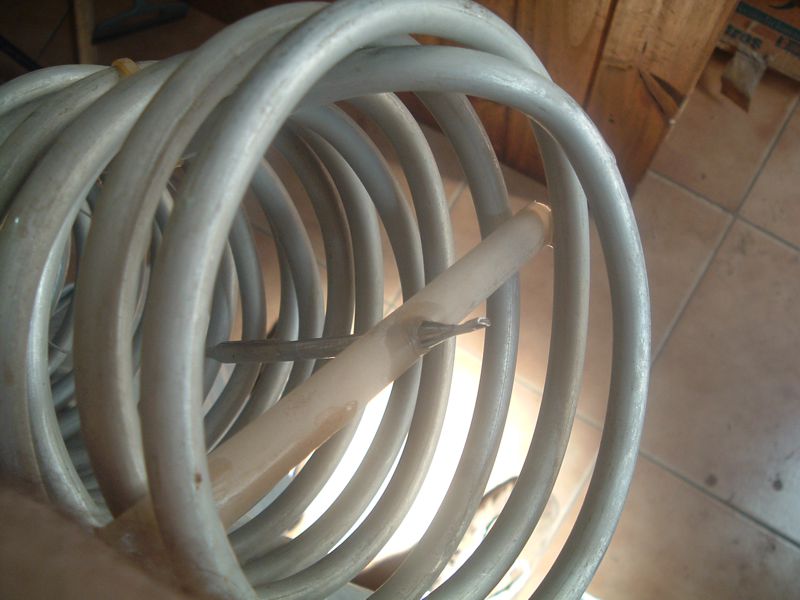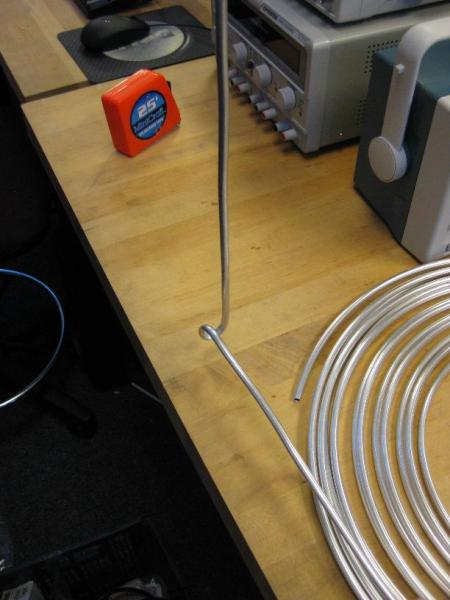http://www.onlinemetals.com/merchant.cfm?pid=12917&step=4&showunits=inches&id=312&top_cat=1
I was looking at getting like 8 feet of this(or something similar) I ferment in buckets so therefore I can have a very large loop size. In addition I might get a tubing bender http://www.amazon.com/OEM-25179-Tubing-Bender/dp/B0014WIS5W/ref=pd_sim_sbs_hi_5
One thing that concerns me with your coil is how easy to clean and sanitize with how tight it looks to be wrapped.
I was thinking of using my 5 gal cooler HLT to hold ice water, put the pump in that.
My issue is that I was looking at building SOFC but I am moving in September and I cannot buy/make anything that takes up space. I only want to have ale fermentation temperatures, and 70 degrees F is fine for certain yeasts.
I was looking at getting like 8 feet of this(or something similar) I ferment in buckets so therefore I can have a very large loop size. In addition I might get a tubing bender http://www.amazon.com/OEM-25179-Tubing-Bender/dp/B0014WIS5W/ref=pd_sim_sbs_hi_5
One thing that concerns me with your coil is how easy to clean and sanitize with how tight it looks to be wrapped.
I was thinking of using my 5 gal cooler HLT to hold ice water, put the pump in that.
My issue is that I was looking at building SOFC but I am moving in September and I cannot buy/make anything that takes up space. I only want to have ale fermentation temperatures, and 70 degrees F is fine for certain yeasts.
Last edited by a moderator:










